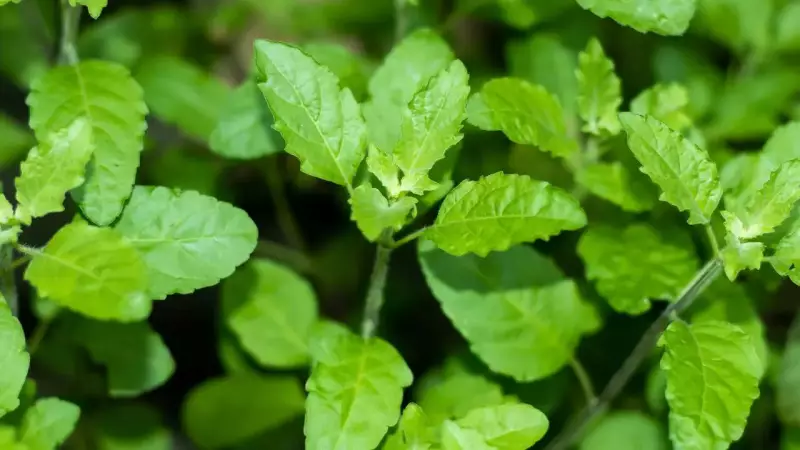
Is your sacred Tulsi plant looking wilted, yellow, or struggling to survive? Don't lose hope! Many Indian households face challenges maintaining their Holy Basil plants, but with the right care, you can bring your plant back to vibrant health.
Why Your Tulsi Plant Might Be Suffering
Holy Basil, while sacred in Indian culture, has specific needs that when unmet, can lead to visible distress. Understanding these common issues is the first step toward recovery.
1. Master the Watering Balance
Overwatering is the most common Tulsi killer. The soil should feel moist but never soggy. During monsoon, reduce watering significantly. In summer, water early morning or late evening to prevent rapid evaporation.
2. Provide Optimal Sunlight
Tulsi thrives in 4-6 hours of direct sunlight daily. If your plant is indoors, place it near a south-facing window. Lack of sunlight causes leggy growth and pale leaves.
3. Choose the Right Soil Mix
Holy Basil prefers well-draining soil. A mixture of garden soil, compost, and sand works perfectly. Ensure your pot has adequate drainage holes to prevent waterlogging.
4. Combat Common Pests Naturally
If you notice holes in leaves or sticky residue, you might have pest issues. Use neem oil spray weekly as a natural pesticide. Mix 2ml neem oil in 1 liter water with a few drops of liquid soap.
5. Prune for Better Growth
Regular pruning encourages bushier growth. Pinch off flower buds to direct energy toward leaf production. Always use clean scissors to prevent disease spread.
6. Address Seasonal Changes
Winter care differs significantly from summer maintenance. Reduce watering in cooler months and protect from cold drafts. During extreme heat, provide afternoon shade.
7. Recognize Recovery Signs
Within 2-3 weeks of proper care, you should see new leaf growth, deeper green coloration, and stronger stems. Be patient – plant recovery takes time.
Prevent Future Problems
Establish a consistent care routine. Check soil moisture daily, inspect leaves weekly for pests, and fertilize monthly during growing season with organic compost. Remember that Tulsi is more than just a plant in Indian homes – it's a living connection to tradition and wellness.
With these expert tips, your struggling Tulsi can transform into the thriving, aromatic plant that brings both spiritual and health benefits to your household.





